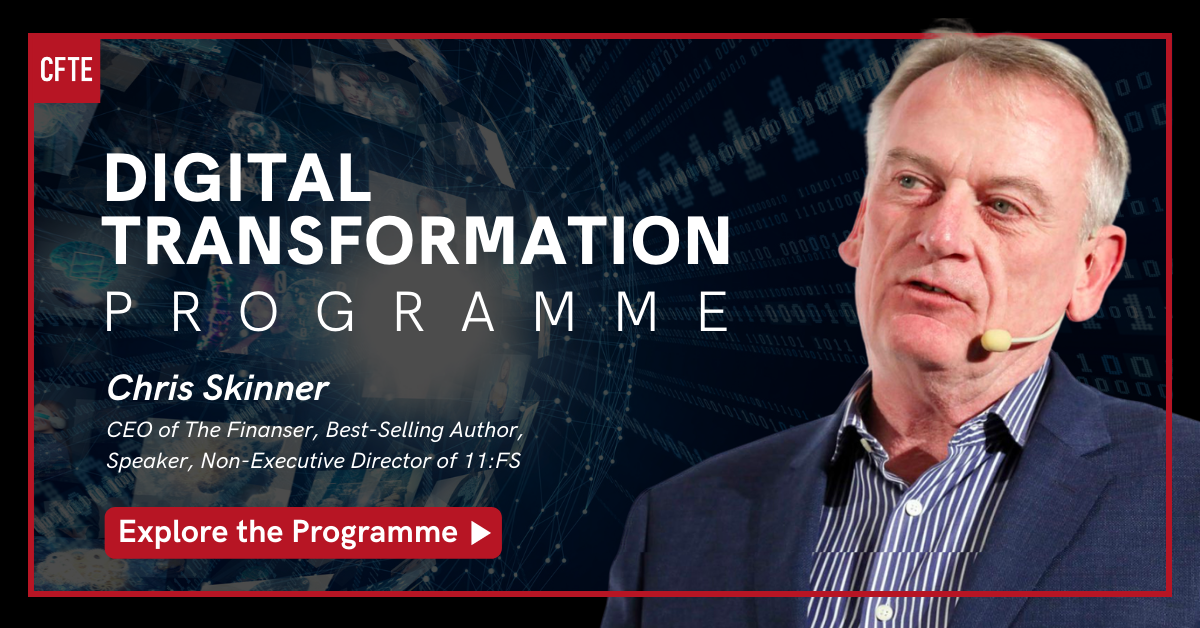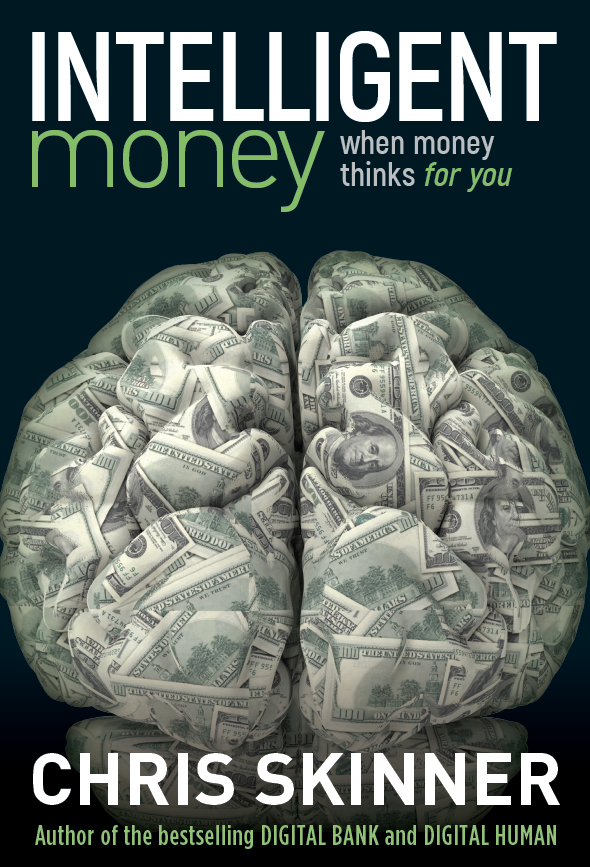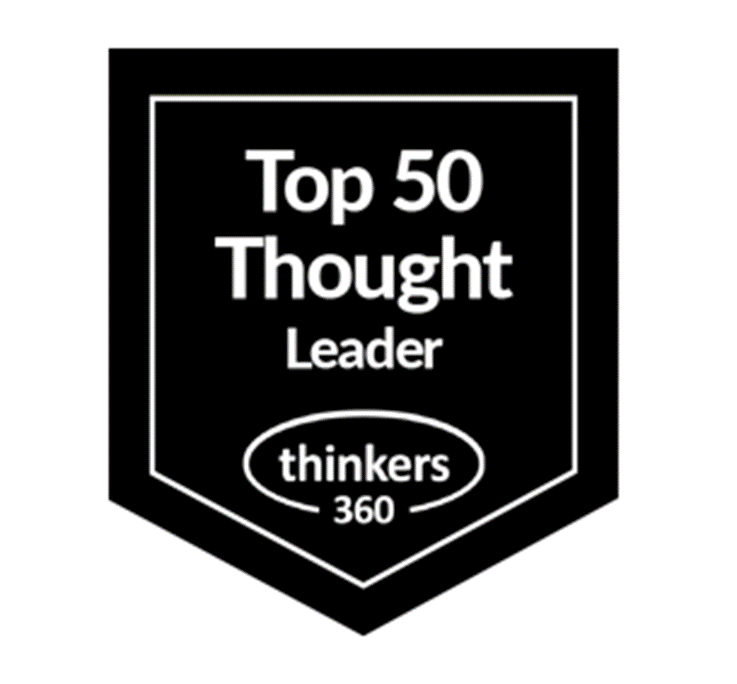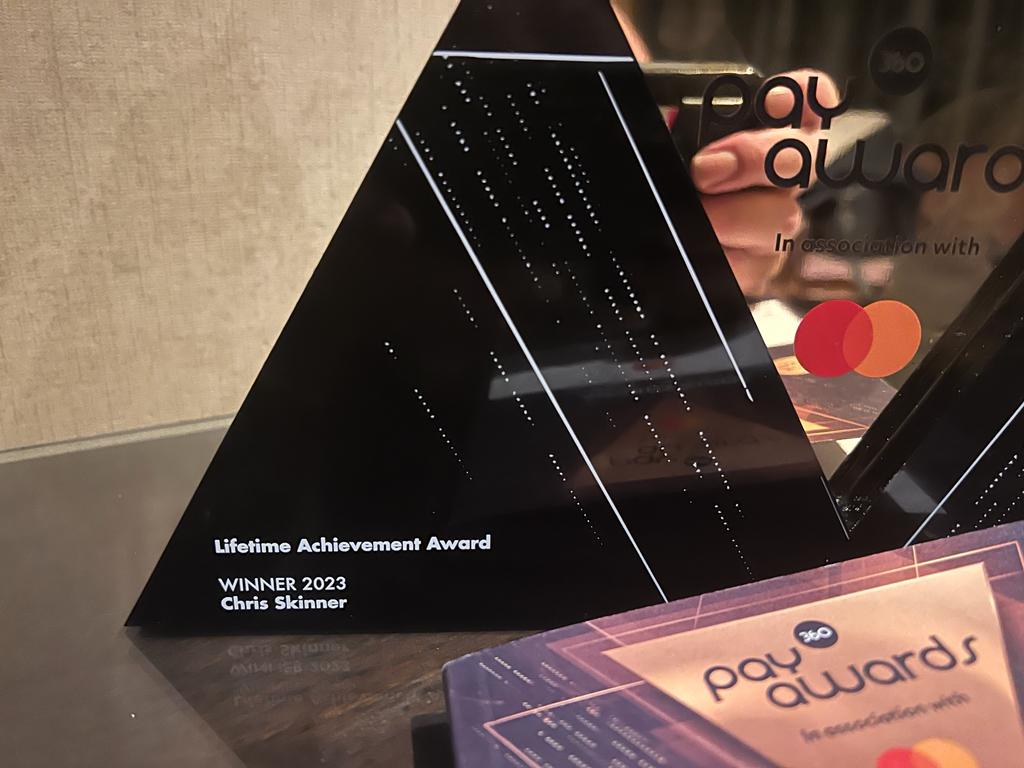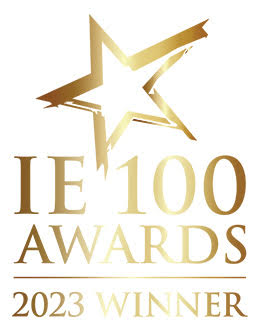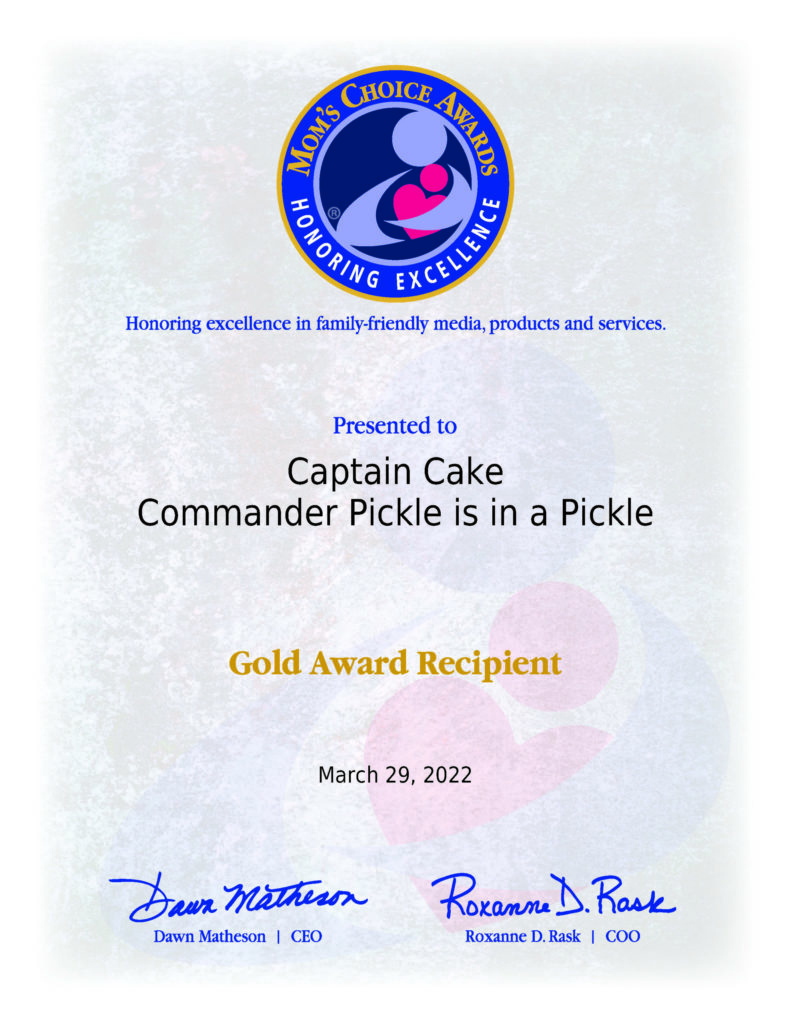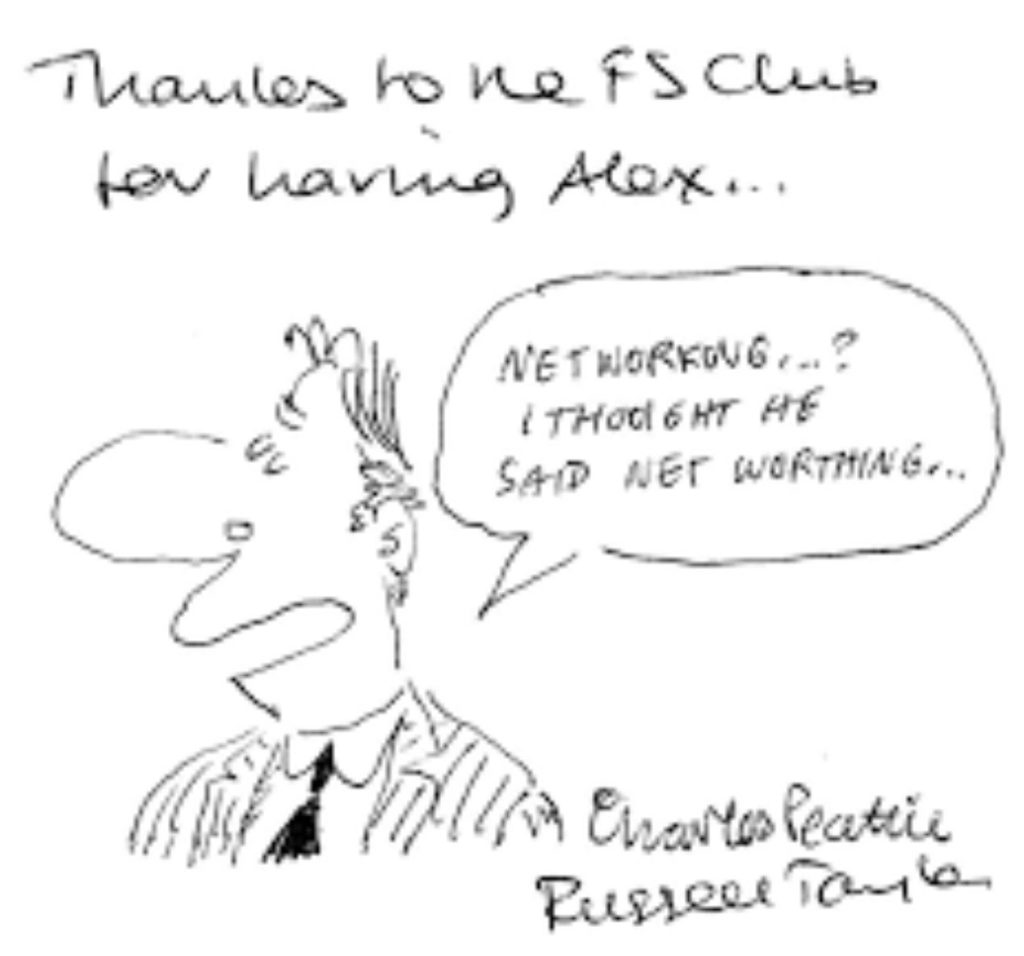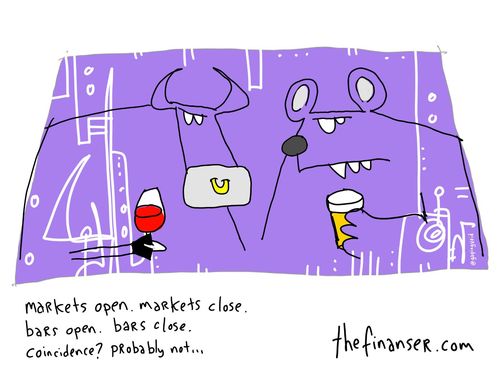There
are several examples of the ages of man.
The one that I got from an American
friend is learning, earning and burning.
You spend your early years learning,
your main years earning and your latter years burning the wealth you generated.
I kinda prefer learning, earning and
moaning.
Anyways, why mention this?
Because I did a lot of learning of
management techniques back in the 1980s and 1990s, and these are so ingrained
in my brain today that I use them intrinsically without thinking about their
use.
So I was asked to keynote last week
on strategy at a management conference.
I had my standard bank strategy presentation
in the box ready to go.
It would talk about the future of
banking, the rise of mobile, the use of social networks and the internet of
things.
The stuff I blog about as a ‘Subject
Matter Expert’.
But the organiser looked at my slide
deck and said that this is not why they asked me there.
They wanted my strategic insights
into management and strategy, not a view of the future of banking.
“Oh!” methought. “But I don’t talk
about that stuff, I just do it.”
Then I realised that I was speaking
at a conference surrounded by consultants, advisors and inspirational speakers,
rather than subject matter experts and realised my mistake.
This is when you get the
presentation jitters: “ah, I’ve got to deliver a whole new presentation on
management techniques in 12 hours and have no slides or thoughts”.
Woah!
I guess I was lucky that I did that
learning in the 1990s, which qualifies me for my earning years as a commercial
strategist.
Yes, that’s what I do: I try to create
strategies to generate increased revenues, profits, margins and opportunity in
the near-term through envisioning the future of commerce in the medium- to
long- term.
And so 12 hours later, I presented
my views on how to create a killer strategy and communicate it.
Here’s the slide deck:
I’m not saying it’s the best ever,
and the words may help that went with this, but the gist is:
- To create a strategic direction for the firm you need to analyse
the forces of change externally that will change your business landscape –
Political, Economic, Social and Technological – along with the general
competitive landscape - Once you have that direction, you then need to create a strategic
plan that covers the usual financial metrics but, as business is three-dimensional
covering money (finances), people (staff) and customers, you need a three-dimensional
plan that also covers money, people and customers; then - As you roll out that strategic plan internally, create razor sharp
communication to customers based upon short value propositions supported by credibility,
capability and value (or benefits) statements.
I realised after producing this
slide deck that the basics of my own management approach have changed little in
the past two decades: happy staff make happy customers make happy business.
The whole point is to ensure that
you inspire the people in your business – staff and customers – to deliver the
financial results.
Unfortunately, too many businesses
purely focus upon the financial numbers: the ROI, the cost-income ratio, the
remuneration and rewards of staff and the shareholder returns.
These are the easy things to measure
and manage, because they’re numbers.
But these are only delivered if you
have good people who are motivated and customers who are engaged.
These are the hard things to measure
and manage, because it’s human.
That is why I developed a three-dimensional
strategic planning tool twenty years ago that tries to bring holistic strategic
planning around staff, customers and financial results (happy people make happy
customer make happy business).
Simple really, but too often forgotten
or wrong, as firms focus upon the one-dimension that purely counts for them:
the quarterly results.
Ah well, back to business.
Oh, and the three ages of man are
not learning, earning and burning. They are Why?,
Why Not? and Because ...
Chris M Skinner
Chris Skinner is best known as an independent commentator on the financial markets through his blog, TheFinanser.com, as author of the bestselling book Digital Bank, and Chair of the European networking forum the Financial Services Club. He has been voted one of the most influential people in banking by The Financial Brand (as well as one of the best blogs), a FinTech Titan (Next Bank), one of the Fintech Leaders you need to follow (City AM, Deluxe and Jax Finance), as well as one of the Top 40 most influential people in financial technology by the Wall Street Journal's Financial News. To learn more click here...





